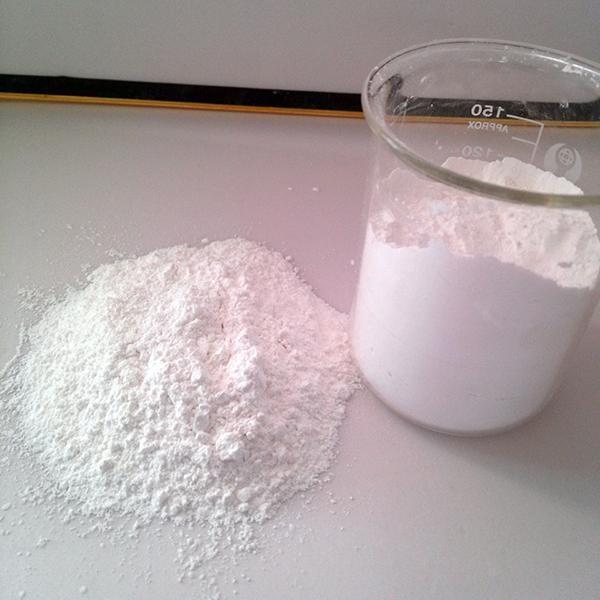Magnesium hydroxide composite flocculant: innovative technology for decolorization treatment of printing and dyeing wastewater

With the enhancement of environmental awareness and the popularization of the concept of sustainable development, the research and development of printing and dyeing wastewater treatment technology is becoming a hot spot in the field of environmental engineering. As an efficient wastewater treatment method, magnesium hydroxide composite flocculant has made significant progress in decolorization treatment.
Advantages of composite materials
Magnesium hydroxide shows rapid response and strong adsorption capacity in printing and dyeing wastewater treatment due to its excellent buffering properties, high activity and non-toxic and harmless characteristics. After compounding with chitosan, starch and other substances, its decolorization efficiency is further improved, and the adsorption capacity of anionic dyes is enhanced through a synergistic effect.
Evidence of improved performance
Research shows that composite flocculants such as magnesium hydroxide-chitosan are more effective than single flocculants in removing wastewater color and can work stably in a wide pH range, thanks to their improved adsorption characteristics and response to water quality changes adaptability.
In-depth study of influencing factors
Current research is in-depth exploration of the impact of operating parameters such as pH value, flocculant dosage, reaction time, and temperature on the decolorization effect, with a view to improving treatment efficiency and reducing costs through parameter optimization.
Discussion on the mechanism of decolorization
The decolorization mechanism of composite flocculants mainly includes physical adsorption, charge neutralization, bridging and possible chemical reactions. The structural characteristics of the composite material provide more surface area and active sites, which are conducive to the effective capture and removal of dye molecules.
Analysis of environmental and economic benefits
The application of magnesium hydroxide composite flocculant not only improves the treatment effect of printing and dyeing wastewater, but also helps to realize the resource utilization and harmlessness of wastewater and reduce environmental pollution. At the same time, considering the renewable nature of magnesium resources and the cost-effectiveness of processing, this method has potential both economically and environmentally.
Prospects for continued research directions
Future research will focus on developing new composite flocculants, exploring efficient preparation methods, optimizing process parameters, and in-depth understanding of the interaction mechanism between composite flocculants and dye molecules to improve treatment efficiency and reduce costs.
Research on magnesium hydroxide composite flocculant in the decolorization treatment of printing and dyeing wastewater continues to make progress, and we are committed to developing more efficient and environmentally friendly wastewater treatment technology. As the technology continues to mature and its applications become more widespread, it is expected to provide more innovative solutions for environmental protection and industrial development.








